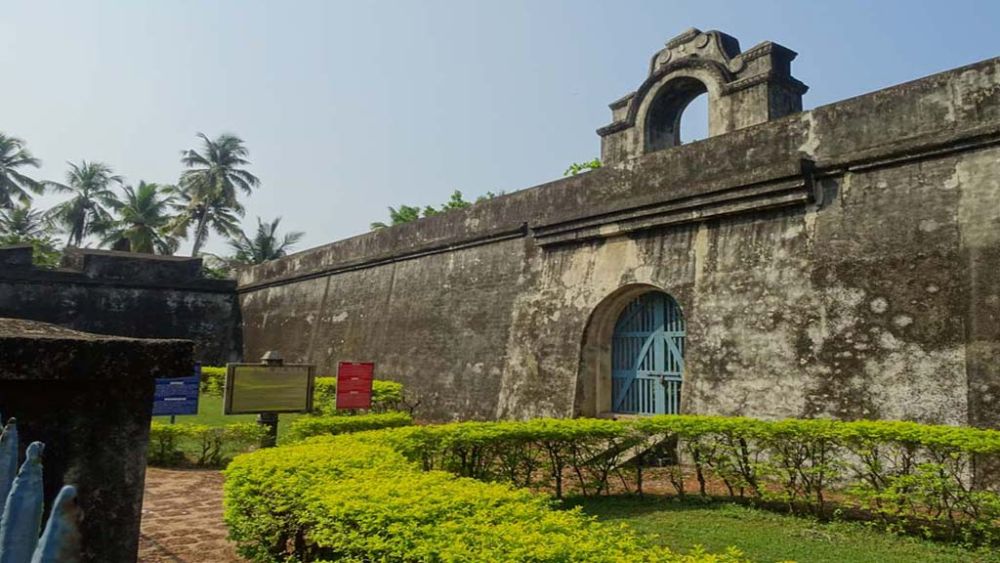

Located along the scenic coast of Varkala in the South Indian state of Kerala, the Anchuthengu and Anjengo Fort stand as an emblematic testament to the region's rich historical tapestry. This erstwhile trading station of the British East India Company boasts a heritage steeped in both colonial influence and indigenous narratives.
Anchuthengu, originally known as Anjengo, meaning "Five Coconut Palms," is said to have been a significant location since the early 17th century. The construction of the Anjengo Fort was undertaken by the British East India Company in 1695, after obtaining permission from the Queen of Attingal, and completed in 1699. The fort was mainly established for the purpose of signaling ships, storing goods, and as a depot for trade transit.
Anjengo Fort has seen a host of historical events including conflicts between colonial powers for control over trade and skirmishes with local rulers. It functioned as a strategic point for the British in monitoring the movements of their commercial rivals, the Dutch and the Portuguese. Besides its trading significance, the fort also played a role in the military, providing protection against external invasions and internal uprisings.
Tourism at the Anjengo Fort gained prominence much later, gradually transforming from a historic relic to an attractive tourist destination. As the global travel industry expanded, Kerala's backwaters, untouched beaches, and cultural experiences became globally recognized, drawing in visitors from all over the world. The fort, with its stunning coastal backdrop, became a prime spot for tourists seeking a blend of history and natural beauty.
In recent years, tourism in Kerala has seen a shift towards responsible and sustainable practices. Sites like the Anjengo Fort are not just places of interest but also part of community-based tourism projects that focus on conserving historical landmarks while enhancing the livelihood of the local community.
Visitors to the Anchuthengu and Anjengo Fort today can explore the remnants of the historical fortifications, witness the fading grandeur of the colonial era through its architecture, and enjoy panoramic views of the Arabian Sea. Due to concerted efforts to preserve this historical site, the fort and its surroundings are maintained by the Archaeological Survey of India. Walking through the fort's bastions and ramparts, one can almost hear the whispers of centuries past, narrating tales of trade, colonization, and resilience.
The surrounding area of Varkala has also become notable for its stunning cliffs adjacent to the Arabian Sea, called the Varkala Formation, which is a geological monument that provides a unique setting for tourism. The coastal town is now a hub for tourists seeking both leisure and adventure, offering experiences such as beach activities, ayurvedic treatments, and cultural immersions.
Kerala's tourism trend is leaning towards creating an integrated experience that combines cultural authenticity with modern comfort. Varkala, including the Anchuthengu and Anjengo Fort, is becoming a part of this narrative. With initiatives like Kerala Tourism's 'Responsible Tourism' campaign, there is an emphasis on crafting tours that offer a sense of place while ensuring the benefits of tourism percolate to the local economy.
The combination of historical heritage, natural beauty, and a commitment to sustainability makes the Anchuthengu and Anjengo Fort a gem in Kerala's tourism landscape. Future plans and developments are focused on enhancing visitor experience while safeguarding the historical and ecological integrity of this coastal haven.
For anyone traveling to Kerala, a visit to the Anchuthengu and Anjengo Fort in Varkala is a journey through time, where the memories of the past meet the vibrancy of the present—a truly enriching addition to the traveler's itinerary.